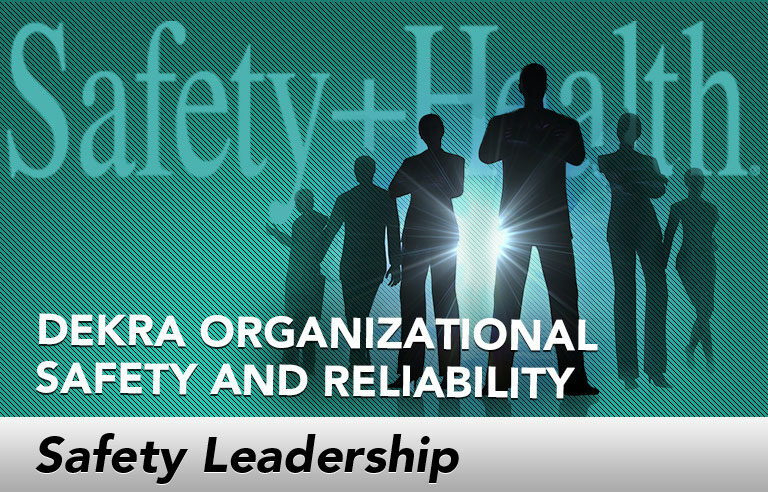Safety Leadership: It’s time for a revolution in behavior-based safety

Editor’s Note: Achieving and sustaining an injury-free workplace demands strong leadership. In this monthly column, experts from global consulting firm DEKRA Insight share their point of view on what leaders need to know to guide their organizations to safety excellence.
Imagine using technology from last century to solve a problem in this century. Unfortunately, that’s what’s happening for too many organizations in the world of safety. It’s time for a change. New science and technology demand it. Safety – and the issues surrounding it – is far different from when behavior-based safety first came onto the scene. Here are five principles a modern injury-reduction system needs to address:
1Safety has changed
Most of our parents did their jobs with little or no help from computers or mobile phones. Now, these items are indispensable. We can use these developments to our advantage for safety. We can better control exposures to fatalities, injuries and damage losses by adopting more accurate data collection and data analysis tools over a pencil and paper. No longer is it necessary to go through, by hand, many of the steps of a traditional behavior-based safety system. Today’s data should give you direction for where you should focus your efforts next, based on instant analytics.
2Good technology and science
Great technology isn’t enough. You need solid methodology behind it and the latest science supporting it. The good news is, Cambridge University research based on reviews of several safety improvement programs has reached conclusions on what works – and what doesn’t – with behavior-based safety. To get optimum results, you must lean on proven safety methodologies, which then drive your technology choices (not the other way around).
3The definition of exposure is expanding
Today, we contend with an increasingly complex set of risks to employees and enterprises. Leaders have to create safety systems that address all the exposures that put people at risk, including those that lead to serious and fatal injuries. Further, neuroscience has opened our eyes to a new field of safety in recent years: brain-centric hazards. We should incorporate these brain-centric concepts into a more holistic, exposure-based methodology.
4Optimize your organization’s resources
In today’s world, leaders continually need to find ways to create greater performance with fewer resources. This “more with less” pressure means safety leaders need to more accurately pinpoint where they should be spending their dollars and resources to reduce exposures to injury. The good news is that current research supports the value of people at all levels leading exposure-reduction efforts. This can significantly cut down on the time involved to get that work done. For example, a small, rotating and specialized group of “firefighters” is proven more effective at producing quality observation data than large numbers of observers with long tenure. Combined with the use of technology, which provides real-time data, the result is greater exposure reduction sooner with fewer resources.
5Increase employee engagement at all levels
Finally, you need to upgrade the employee engagement experience. Leaders need ways to keep their people engaged if they’re to ensure safe, reliable operations. The right technology not only enables great safety performance, but it can help create a stronger connection between employees and the safety and business mission. You need technology that uses real-time data entry to reduce time spent on administrative tasks and optimize time on data analysis and action. Dynamic dashboards allow people from across the business to access critical exposure information and create a sense of ownership around safety performance.
The time for a revolution in behavior-based safety is now. Will you answer the call?
This article represents the views of the author and should not be construed as a National Safety Council endorsement.
 Susan Murphy is a principal consultant at DEKRA
Organizational Safety & Reliability
Susan Murphy is a principal consultant at DEKRA
Organizational Safety & Reliability
Direct to your inbox: Sign up to be notified in email about new "Safety Leadership" columns.
Post a comment to this article
Safety+Health welcomes comments that promote respectful dialogue. Please stay on topic. Comments that contain personal attacks, profanity or abusive language – or those aggressively promoting products or services – will be removed. We reserve the right to determine which comments violate our comment policy. (Anonymous comments are welcome; merely skip the “name” field in the comment box. An email address is required but will not be included with your comment.)

